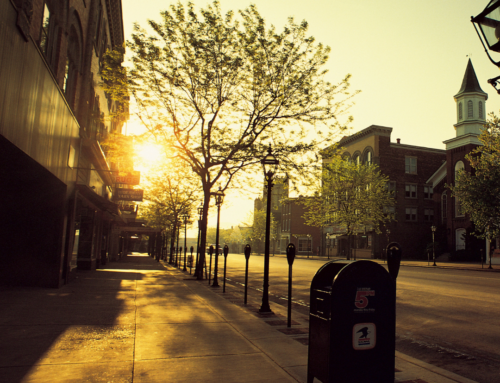By: Lindsey Morin
We’ve all heard the saying, “April showers, bring May flowers,” but what if there was another side to the rain? Many homeowners fail to realize that their homes have small cracks in their roofs, basements, and gutters, leading to water damage in and outside of the house over time.
Rain typically doesn’t affect the structural integrity of a house, but water leaks from gaps in the roof or wall can lead to costly messes. If a leak is not noticed early enough, the water can create mold and mildew within the home. The level of damage can vary depending on the amount of rainfall and the water deposit location.
If the water creeps in through a gap or cracks in your roof, it can affect the ceiling, making it significantly weaker by damaging the materials within. It can also cause shorting of wires within the ceiling or attic. Signs of water damage in a ceiling include sagging within the plaster, drywall, or other building materials. More severe damage, such as flooding, can result from a crack within the basement’s foundation since it is closer to ground level, where water can flow right down into the room.
Luckily, there are ways to prevent any of these common issues from happening to your home. It is crucial to inspect the area around your basement and the walls within to see if any noticeable gaps need to be filled or if gutter extensions need to be installed. Property inspectors and roof specialists are great resources to hire to check for any roof damage since it requires a professional to see the minor imperfections.
In the circumstance there is a leak, large or small, it is vital to have <a href=”https://www.trustpointservices.net/home-insurance/” target=”_blank”>home insurance</a> to protect the possessions within your home. It is essential to understand your home insurance policy to see if coverage is available for these circumstances.
If you need to evaluate home policies, contact <a href=”https://www.trustpointservices.net/” target=”_blank”>TrustPoint Insurance & Real Estate</a> today.




